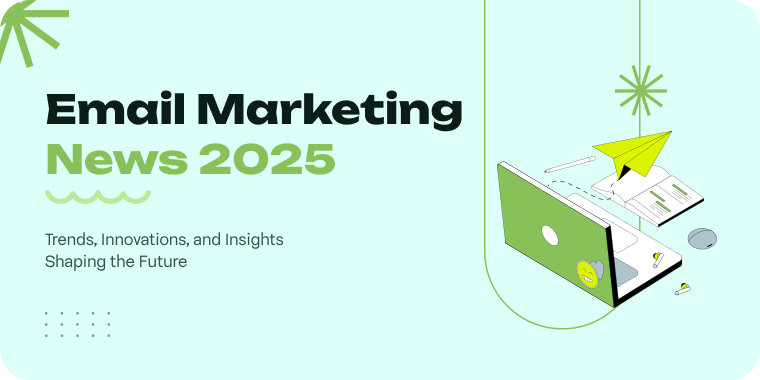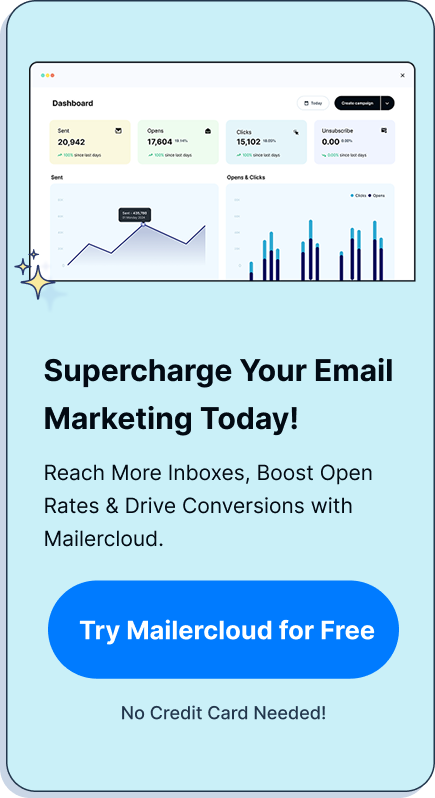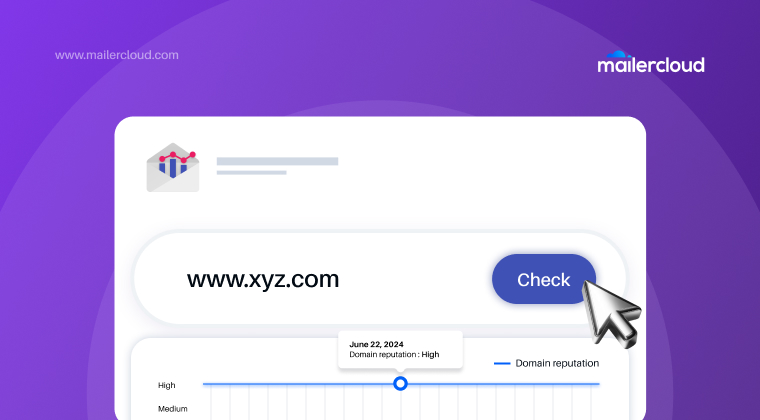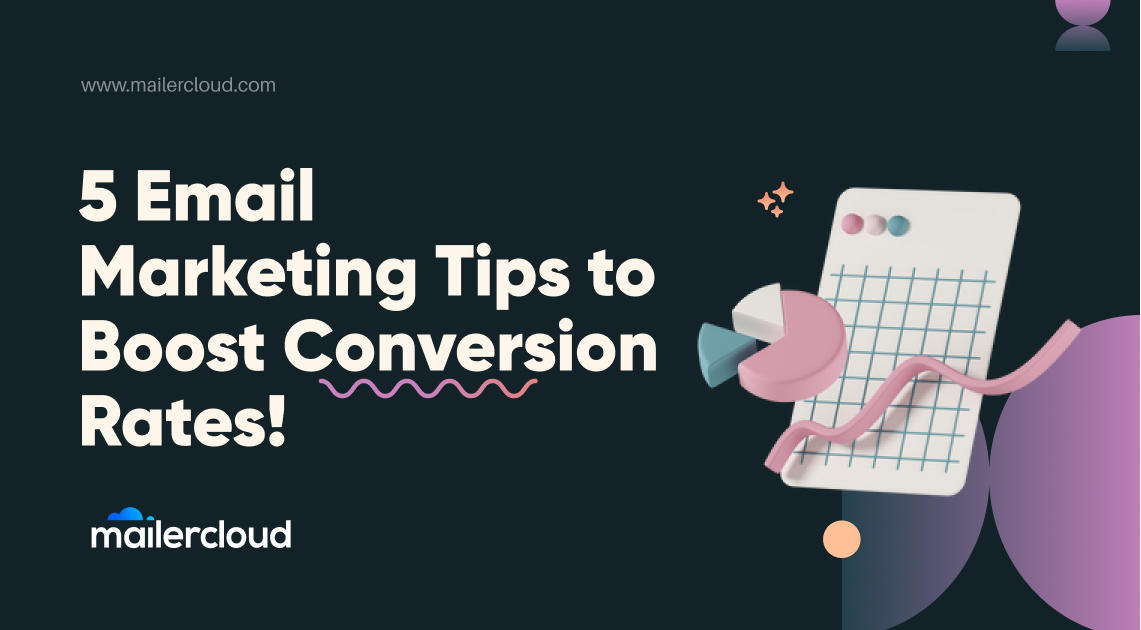Email marketing continues to thrive as one of the most effective channels in digital communication. In 2025, it’s not just about sending messages — it’s about building relationships, automating experiences, and delivering personalized value to every inbox.
This year, technological innovation, AI advancements, and new privacy rules are reshaping how businesses communicate. Whether you’re a marketer, founder, or content strategist, staying informed about these changes is essential to keeping your brand relevant and results-driven.
Here’s your deep dive into the latest email marketing news and trends of 2025 — along with real-world insights and practical strategies for success.
The State of Email Marketing in 2025
Despite endless predictions of its decline, email marketing remains the backbone of digital communication.
- Over 4.6 billion people actively use email worldwide.
- The average ROI stands at $42 for every $1 spent — higher than any other marketing channel.
- Nearly 78% of marketers report that email personalization improves customer engagement.
The reason? Email provides something most platforms can’t — direct, permission-based communication with your audience.
However, the industry has matured. Today’s subscribers expect personalized, timely, and visually dynamic messages — not mass-sent templates. Brands that evolve with data, automation, and AI-driven tools are the ones seeing lasting results.
1. Artificial Intelligence Is Transforming Email Strategy

AI is no longer an optional enhancement — it’s the core engine driving modern email marketing.
Smarter Targeting and Segmentation
AI now predicts which customers are most likely to engage, unsubscribe, or convert. Using behavioral data, marketers can automatically segment audiences and tailor campaigns accordingly.
Predictive Send Times
AI tools optimize delivery windows, ensuring each email lands at the exact time a user is most likely to open it — boosting open rates by up to 35%.
Dynamic Content Creation
Machine learning helps generate subject lines, body content, and product recommendations that align with user behavior and interests.
In short, AI transforms intuition into precision, giving every campaign a data-backed edge.
2. Privacy and Deliverability

2024’s Gmail and Yahoo updates brought stricter sender requirements, reshaping how brands handle deliverability.
In 2025, authentication is no longer optional — SPF, DKIM, and DMARC are mandatory for anyone serious about inbox placement.
Key Shifts:
- Verified sender domains are now essential to avoid spam filters.
- Consent-first marketing has replaced list-buying tactics.
- Clear unsubscribe mechanisms and privacy disclaimers are legal requirements under global data laws (GDPR, CCPA, and more).
Businesses that embrace these changes are seeing long-term gains — improved reputation, stronger engagement, and higher open rates.
3. AMP and Interactive Emails Are Redefining Engagement
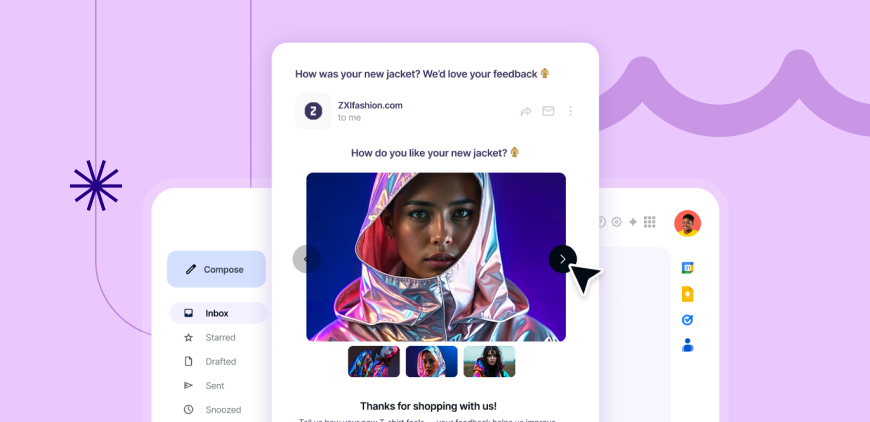
The inbox experience is evolving — and AMP (Accelerated Mobile Pages) for Email is leading this change. AMP allows marketers to create interactive, app-like experiences inside emails, letting users take actions like filling forms, voting in polls, scrolling through image carousels, or even browsing products without ever leaving their inbox.
Why AMP Emails Matter in 2025
- No redirects: Recipients can interact and respond instantly, reducing friction in customer journeys.
- Higher engagement: Brands using AMP-based emails are reporting 2–3x higher click and interaction rates compared to static HTML designs.
- Real-time content: AMP supports dynamic updates — live prices, countdown timers, or event status changes appear instantly without refreshing.
These capabilities make AMP a game-changer for marketers aiming to make every email more engaging and result-oriented.
Building AMP Emails Made Easy

Creating AMP-powered emails no longer requires complex coding or technical expertise. Platforms like ampemail.com now simplify AMP email creation through drag-and-drop builders, ready-to-use widgets, and validation tools — enabling marketers to design interactive, dynamic campaigns in minutes.
Such platforms bridge the gap between creativity and functionality, making interactive email experiences accessible even for small teams and startups.
Example: How Brands Are Using AMP in 2025
Retailers use AMP emails to let customers browse or purchase products within the email itself. Event organizers embed RSVP buttons and feedback forms, while SaaS brands provide onboarding walkthroughs directly in the inbox.
With this technology supported by Gmail and Yahoo Mail, AMP emails are redefining user engagement and helping marketers move from static communication to interactive storytelling.
4. Automation Now Drives Entire Customer Journeys

Email automation in 2025 goes far beyond drip sequences. It’s about personalized journeys that evolve with customer behavior.
From welcome emails to re-engagement campaigns, automation now powers real-time communication at scale.
Popular Automation Flows:
- Onboarding and welcome series
- Abandoned cart and product reminder campaigns
- Customer feedback and loyalty emails
- Event and webinar workflows
Automation reduces manual effort while improving timing, consistency, and personalization — key ingredients for better ROI.
5. Design and Accessibility Are Leading Priorities
Email design is no longer just about branding — it’s about usability and inclusivity.
Design Trends in 2025:
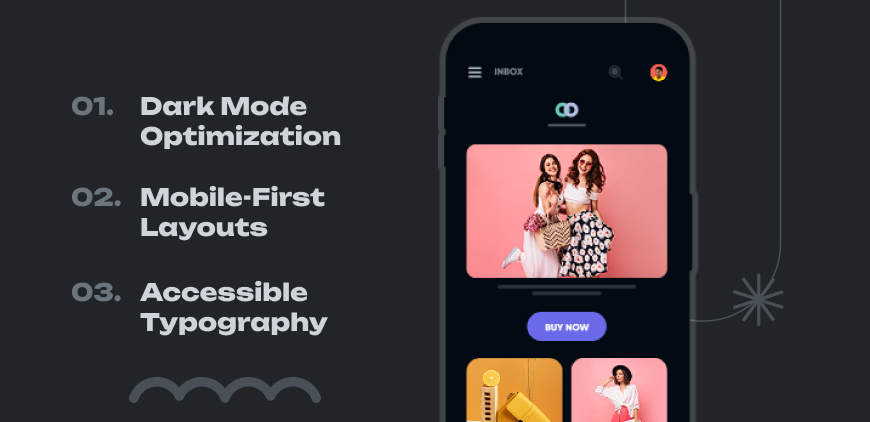
- Dark Mode Optimization: Over 80% of users prefer it, making contrast and readability crucial.
- Mobile-First Layouts: 70% of email opens now happen on mobile devices.
- Accessible Typography: Clean sans-serif fonts like Arial or Roboto improve readability.
Accessible design not only improves engagement but also builds brand credibility across all devices and audiences.
6. Predictive Analytics: From Data to Decision-Making
Marketers are shifting from reactive to proactive strategies with AI-powered analytics.
What’s New:
- Predictive dashboards forecast subscriber behavior.
- Engagement heatmaps reveal how users interact with content.
- Conversion attribution connects email metrics to real sales.
This evolution helps teams make decisions based on future potential, not just past performance.
7. Omnichannel Integration Is the Future of Email
Email is no longer an isolated channel. In 2025, it’s at the center of the omnichannel ecosystem — connecting SMS, push notifications, chatbots, and social platforms into one cohesive experience.
A single campaign might begin as an email, continue as an app notification, and end with a personalized remarketing ad.
This unified communication model strengthens brand recall and increases conversions by ensuring every touchpoint feels connected.
8. Real-World Example: Smarter Campaigns with Modern Email Tools
A leading travel brand, Akbar Travels, struggled with deliverability and low engagement when using legacy tools. By adopting data-driven automation and improved segmentation through a modern email platform (Mailercloud), they achieved:
- 85% inbox placement
- 28% open rates
- Significantly lower bounce rates
This success illustrates how embracing automation, analytics, and compliance-focused tools can elevate engagement across industries.
9. Ethical Marketing and Sustainability Are on the Rise

Consumers increasingly value transparency and sustainability. In 2025, ethical marketing means:
- Sending fewer but more valuable campaigns.
- Ensuring inclusivity in tone, visuals, and accessibility.
- Reducing digital waste through efficient data use and cleaner lists.
Brands that prioritize responsibility over reach are earning long-term loyalty.
10. The Future: Personal, Predictive, and Purposeful

Email marketing’s future lies in hyper-personalization, real-time intelligence, and meaningful storytelling.
AI will continue to simplify data analysis, AMP will enhance interactivity, and privacy-first automation will ensure compliance. But above all, success will come from maintaining human connection — where technology amplifies empathy, not replaces it.
Final Thoughts
2025 marks a transformative era for email marketing. From AI innovation to AMP interactivity and predictive analytics, the channel has evolved into a powerful blend of creativity and technology.
Marketers who embrace these innovations — while keeping their strategy authentic and audience-focused — will lead the way in engagement, trust, and growth.
Email isn’t just surviving; it’s redefining what effective communication means in a digital-first world.
As a Marketing Director, I develop and implement marketing strategies, conduct market research, and manage a team of marketing professionals. With a successful track record of launching campaigns that drive revenue growth, I bring my marketing expertise to blog writing, creating engaging content that promotes the brand and its products/services.





























